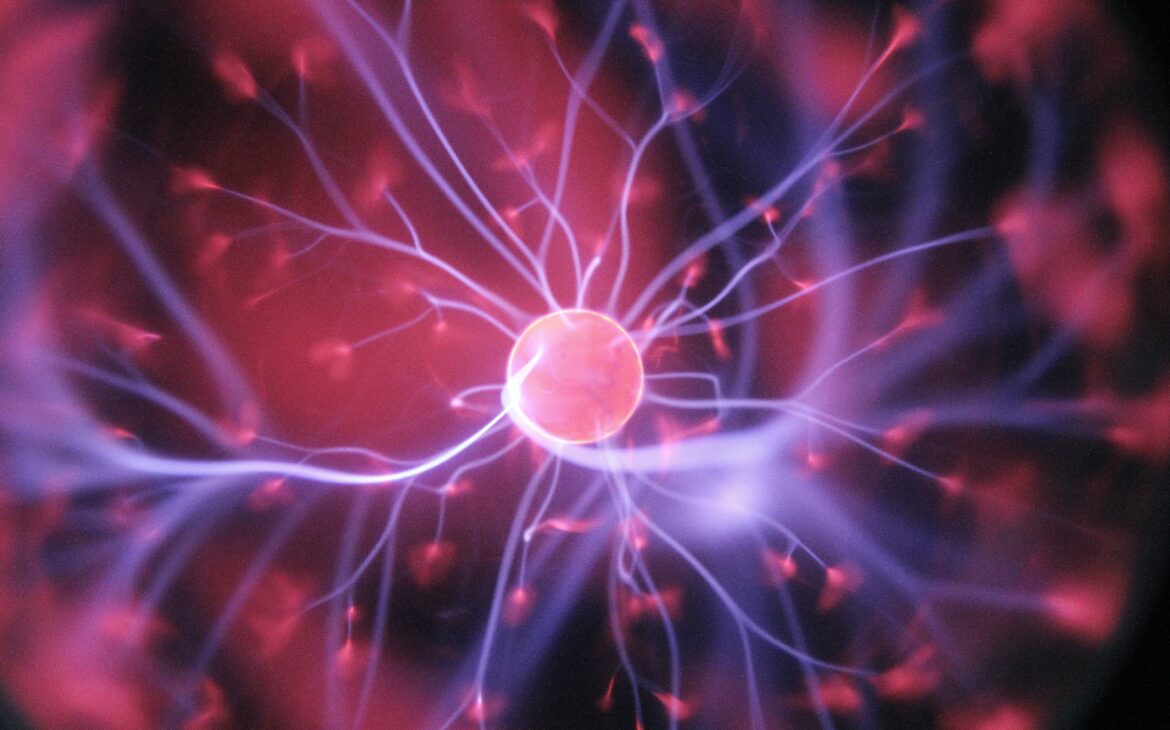Top 8 Challenges in Designing an Efficient Neural Link System
Designing an efficient neural link system presents a myriad of challenges that require careful consideration and innovative solutions. These systems, aimed at establishing seamless communication between the human brain and external devices, hold immense potential for revolutionizing fields such as healthcare, communication, and beyond. In this article, we will explore the top eight challenges encountered in the design of neural link systems, ranging from ensuring optimal brain-computer integration to addressing long-term reliability and safety concerns. By delving into these challenges and potential solutions, we aim to provide insights into the complex world of neural interface technology and pave the way for future advancements in this rapidly evolving field.
Introduction to Neural Link Systems
Neural Link Systems are cutting-edge technologies that aim to establish a direct communication pathway between the brain and computers or external devices. These systems have the potential to revolutionize fields such as healthcare, communication, and even entertainment by enabling seamless interactions between humans and machines.
Challenge 1: Ensuring Seamless Brain-Computer Integration
Understanding Neural Interface Technologies
Neural interface technologies play a crucial role in translating brain signals into actionable commands for external devices. Challenges lie in developing interfaces that accurately interpret neural activity and facilitate bidirectional communication without causing discomfort or disruption to the user.
Optimizing Signal Processing Algorithms
Efficient signal processing algorithms are essential for extracting meaningful information from neural signals while filtering out noise and artefacts. Designing algorithms that strike a balance between real-time processing speed, accuracy, and energy efficiency poses a significant challenge in enhancing the overall performance of neural link systems.
Challenge 2: Addressing Compatibility and Interfacing Issues
Compatibility with Different Brain Structures
The diversity of brain structures and neural pathways across individuals presents a challenge in designing neural link systems that can adapt to unique brain characteristics. Ensuring compatibility with varying brain architectures is essential to optimize the effectiveness and reliability of brain-computer interfaces.
Interfacing with Various External Devices
Establishing seamless connections between neural link systems and a wide range of external devices, such as prosthetics, smart devices, or virtual reality systems, requires addressing compatibility and interfacing challenges. Standardizing protocols and interfaces to enable interoperability among different technologies is crucial for expanding the utility of neural link systems.
Challenge 3: Minimizing Signal Interference and Noise
Identifying Sources of Signal Interference
Signal interference from external sources, such as electromagnetic fields or physiological artefacts, can distort neural signals and impede the accuracy of brain-computer communication. Identifying and mitigating sources of interference are essential steps in ensuring reliable and robust neural link systems.
Implementing Noise Reduction Techniques
Effective noise reduction techniques, including filtering algorithms, signal amplification, and shielding mechanisms, are vital for minimizing unwanted noise and enhancing the signal-to-noise ratio in neural recordings. Implementing advanced noise reduction strategies can improve signal clarity and overall system performance in neural link applications.

Challenge 4: Enhancing Data Transmission Speed and Efficiency
Utilizing High-Speed Data Transfer Protocols
When it comes to designing an efficient neural link system, speed is the name of the game. By utilizing high-speed data transfer protocols, designers can ensure that the communication between neural devices is lightning-fast, allowing for seamless integration and real-time data processing.
Optimizing Bandwidth Allocation
Bandwidth allocation is like the party planner of data transmission – it decides who gets to dance on the network and when. By optimizing bandwidth allocation, designers can prevent data bottlenecks and ensure that crucial information flows smoothly between neural devices, maximizing efficiency and performance.
Challenge 5: Ensuring Long-Term Reliability and Stability
Addressing Degradation of Neural Connections Over Time
Just like your favourite pair of shoes, neural connections can wear out over time. Designers face the challenge of addressing this degradation to ensure the long-term reliability and stability of the neural link system. Implementing strategies to mitigate wear and tear on neural connections is crucial for maintaining optimal performance over the system’s lifespan.
Implementing Maintenance and Calibration Protocols
Even the most advanced neural link system needs a tune-up now and then. By implementing maintenance and calibration protocols, designers can ensure that the system remains in top shape, detecting and addressing any issues before they snowball into major problems. Think of it as giving your neural link system a spa day to keep it performing at its best.
Challenge 6: Mitigating Health and Safety Concerns
Assessing Risks of Implantable Neural Devices
Implantable neural devices bring a world of possibilities, but they also come with potential health and safety concerns. Designers must carefully assess the risks associated with these devices to ensure that users are protected from any adverse effects. Safety first, folks – even in the world of cutting-edge technology!
Ensuring Ethical and Regulatory Compliance
In the fast-paced world of neural link system design, it’s easy to get caught up in the excitement of innovation. However, designers must also prioritize ethical considerations and regulatory compliance to ensure their creations adhere to established guidelines and standards because even the coolest tech needs to play by the rules.
Conclusion: Future Directions in Neural Link System Design
As designers continue to tackle the challenges of creating efficient and reliable neural link systems, the future looks bright with possibilities. By addressing issues such as data transmission speed, long-term reliability, and health and safety concerns, designers can pave the way for exciting advancements in neural technology. So, buckle up and get ready for a wild ride into the future of neural link system design!
In conclusion, navigating the challenges inherent in designing an efficient neural link system is crucial for unlocking the full potential of brain-computer interfaces. By addressing issues related to integration, compatibility, signal quality, data transmission, reliability, and safety, researchers and engineers can pave the way for the widespread adoption of neural link technology. As we continue to push the boundaries of innovation and research in this field, overcoming these challenges will be essential in harnessing the power of neural interfaces to improve.
FAQ
What is a neural link system?
A neural link system refers to a technology that establishes a direct communication pathway between the human brain and external devices, enabling bidirectional information exchange.
What are some potential applications of neural link systems?
Neural link systems have diverse applications, including neuroprosthetics for individuals with disabilities, brain-computer interfaces for controlling devices, and cognitive enhancement for improving memory and cognitive function.
How do researchers address safety concerns in neural link system design?
Safety concerns in neural link system design are addressed through rigorous testing, adherence to ethical guidelines, implementation of fail-safes, and continuous monitoring for potential risks such as infection, signal interference, or long-term effects on brain health.
Thank you for reading 🙂
Buy Web Hosting at an affordable price: Buy Now
If you want to build your website at an affordable price contact: www.nextr.in
Read this: How To Become A Web Developer?


















